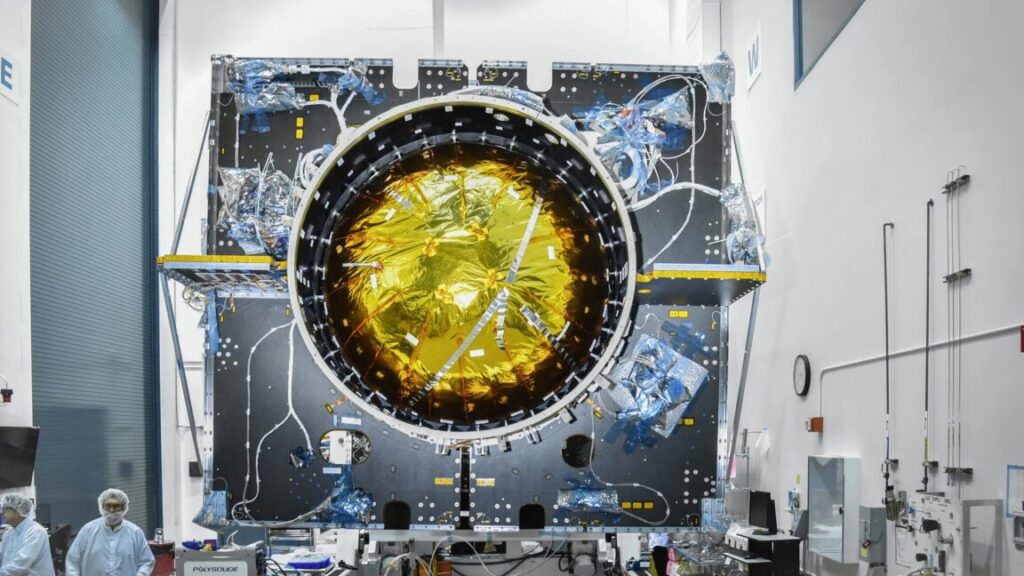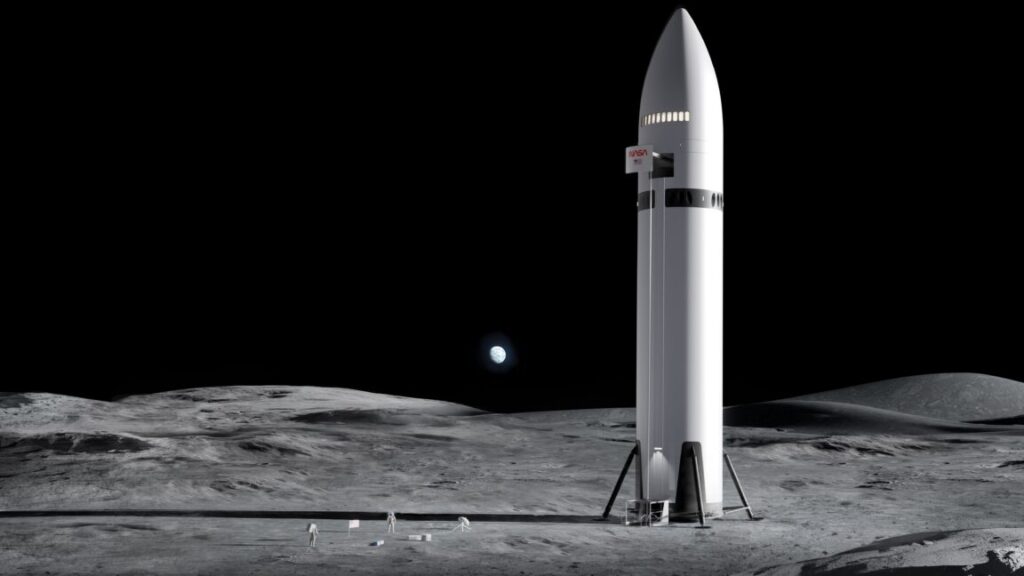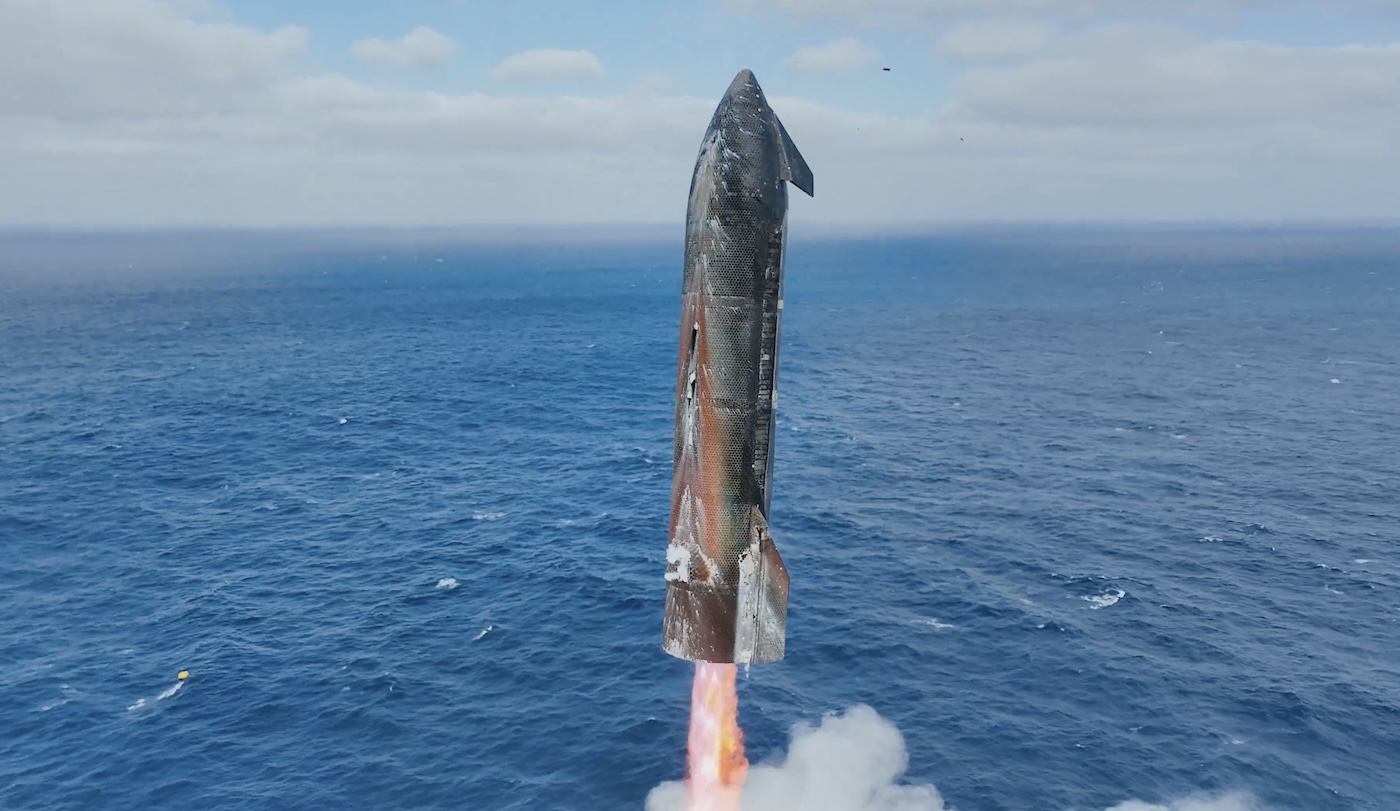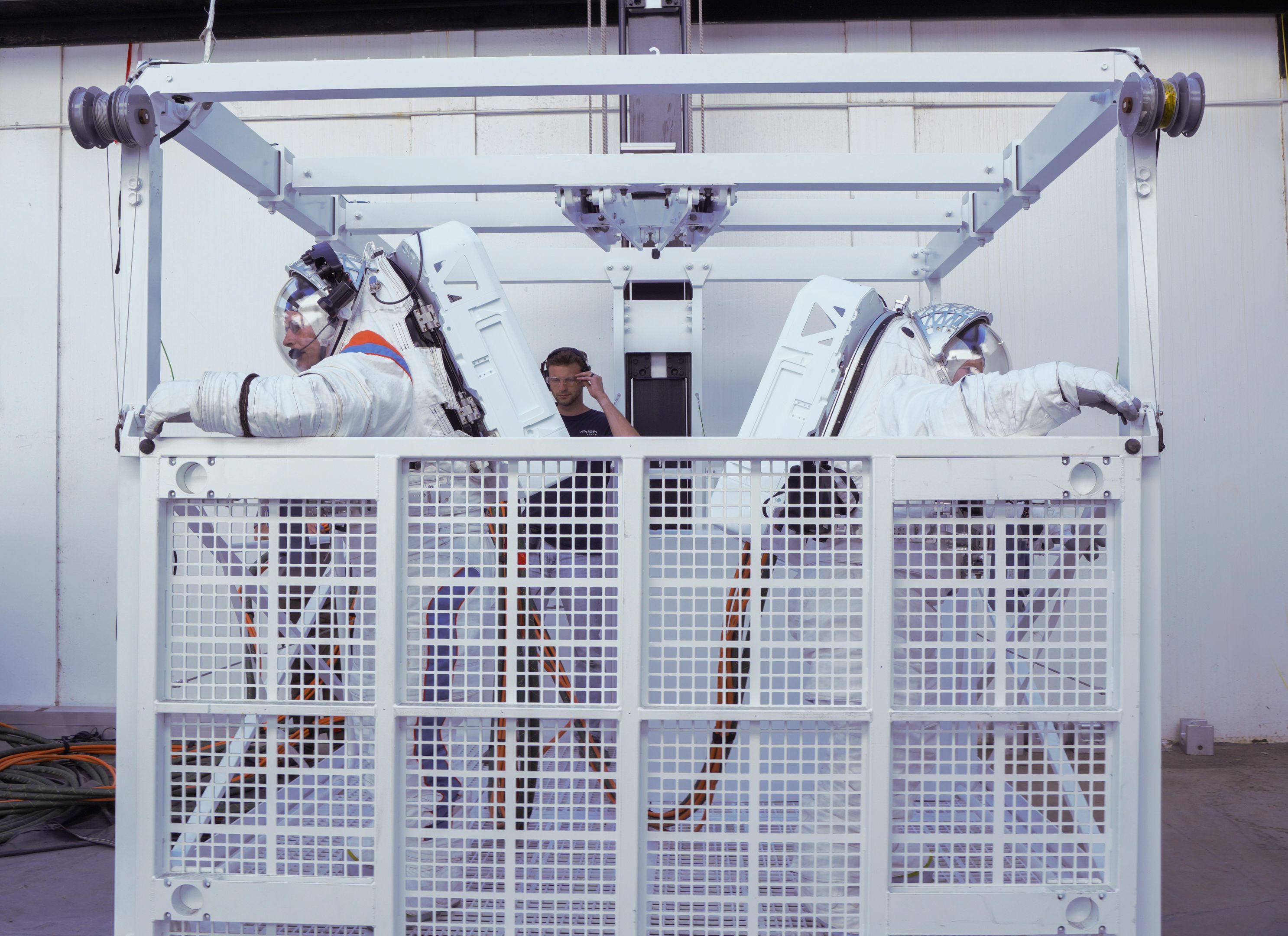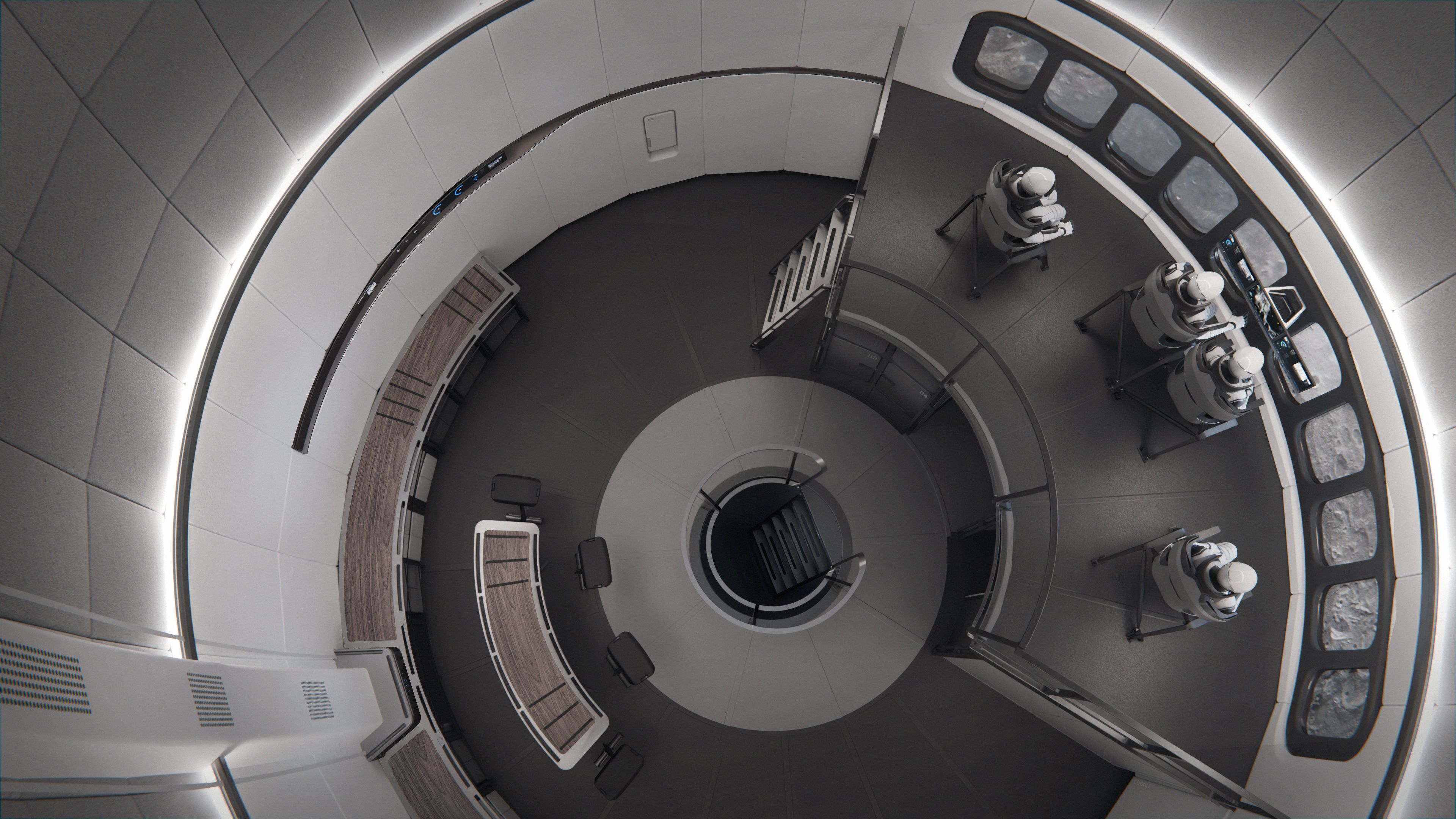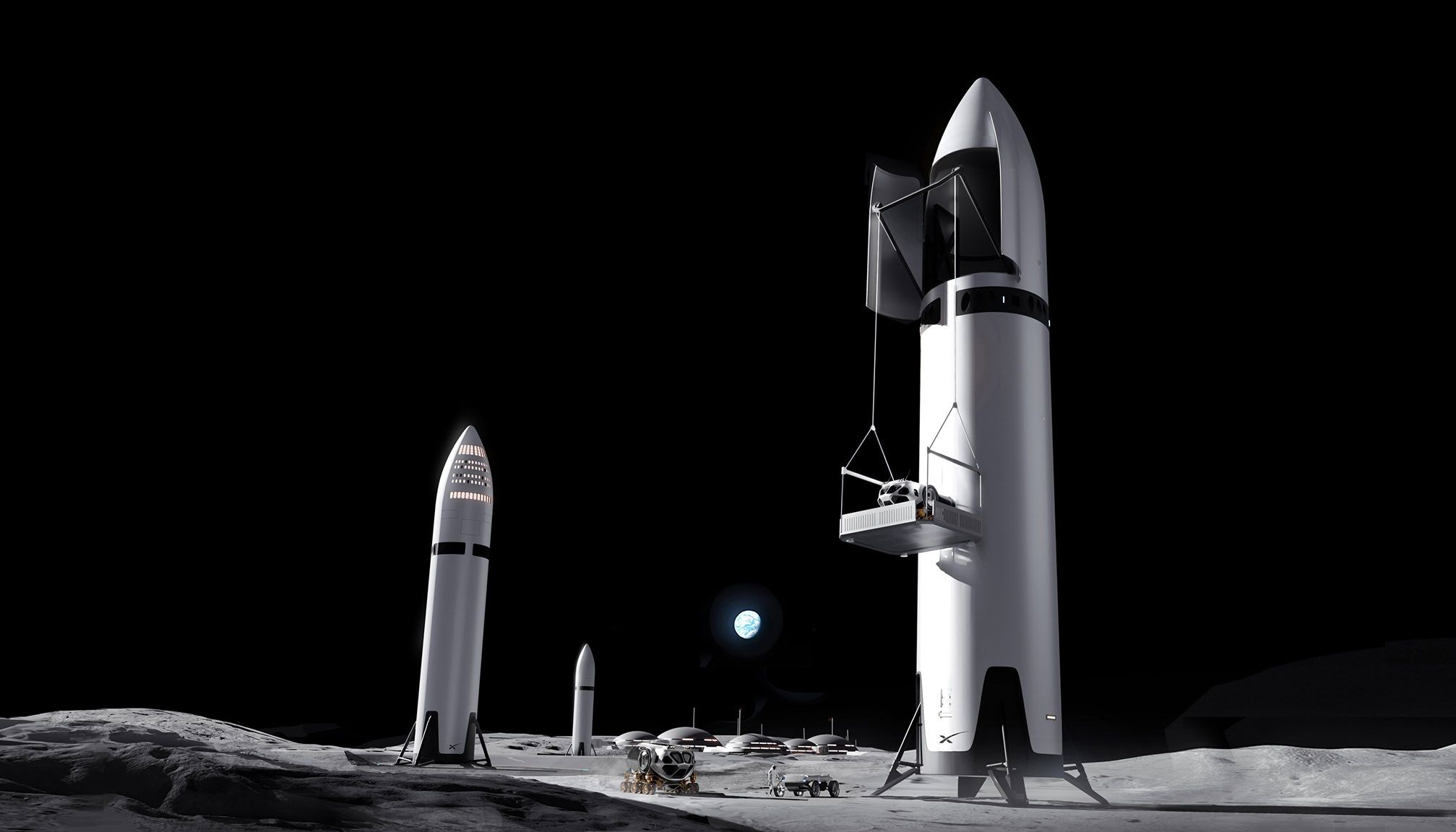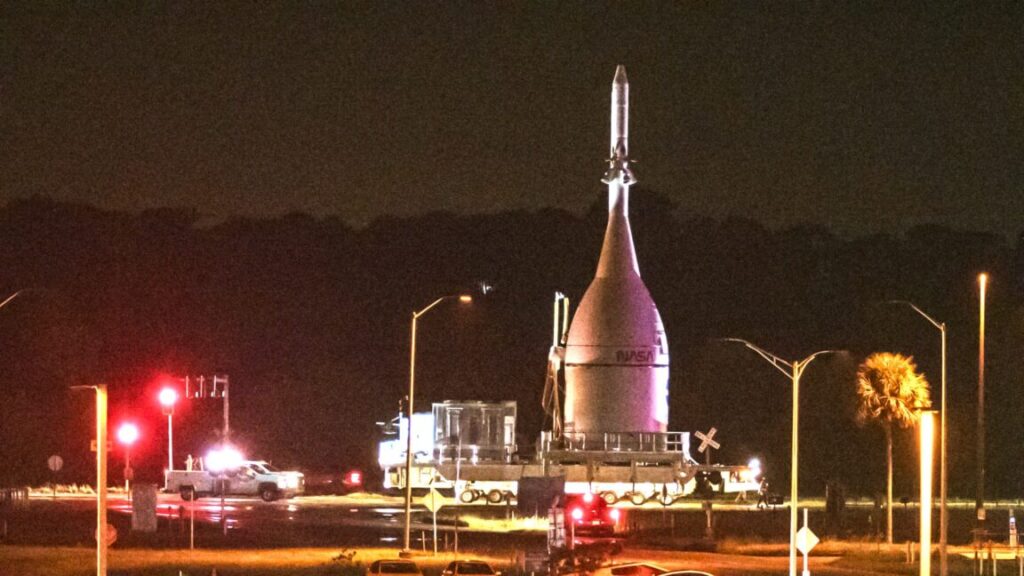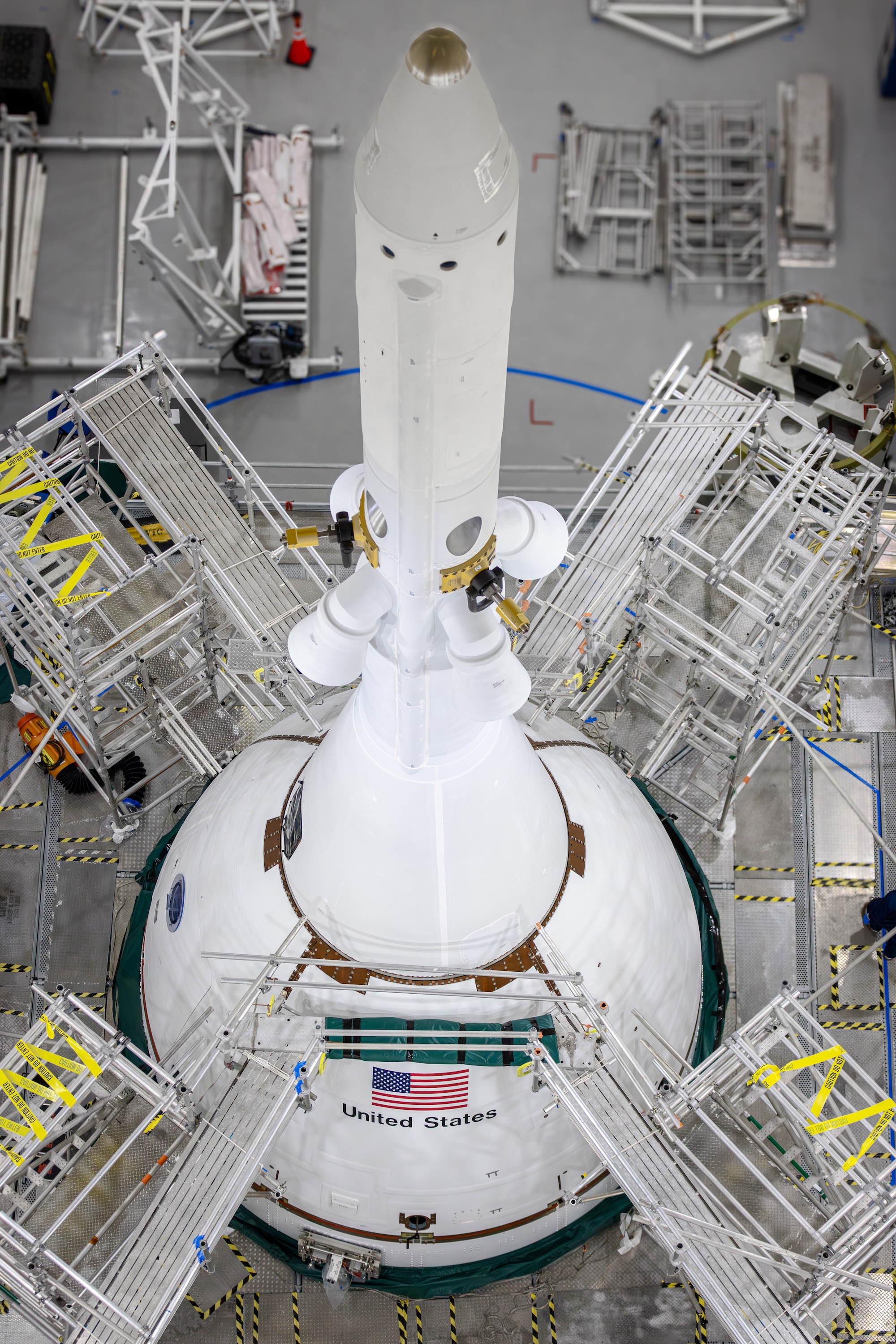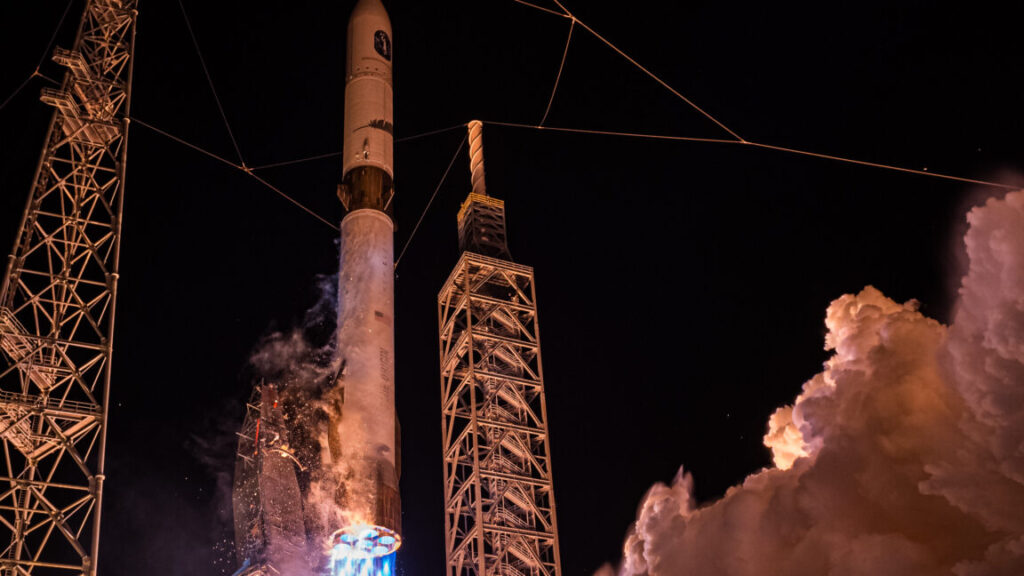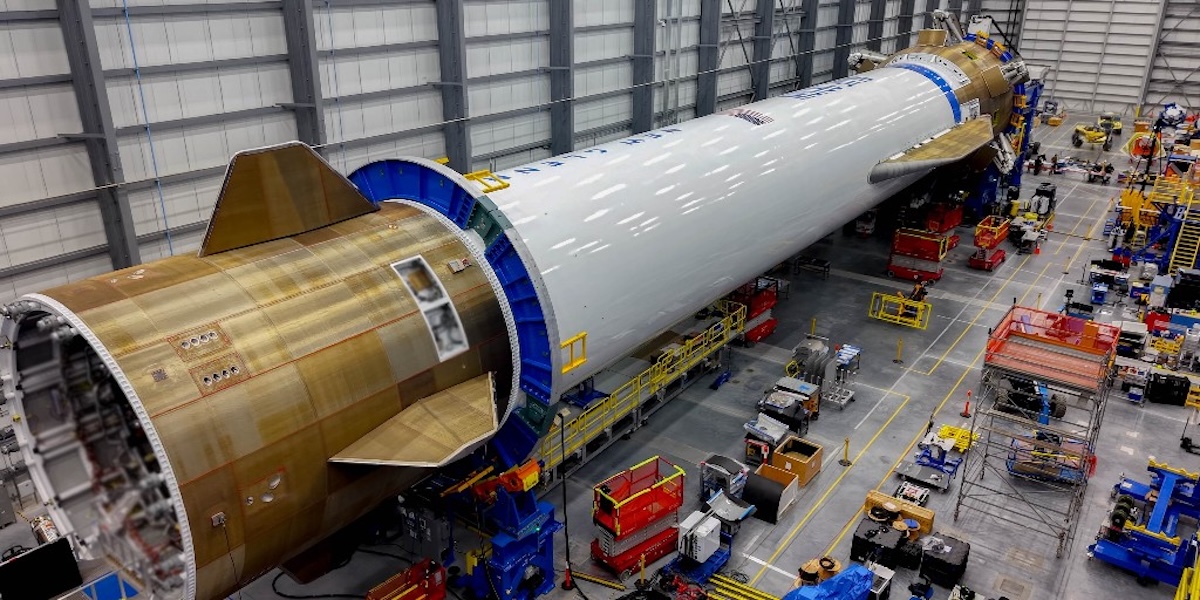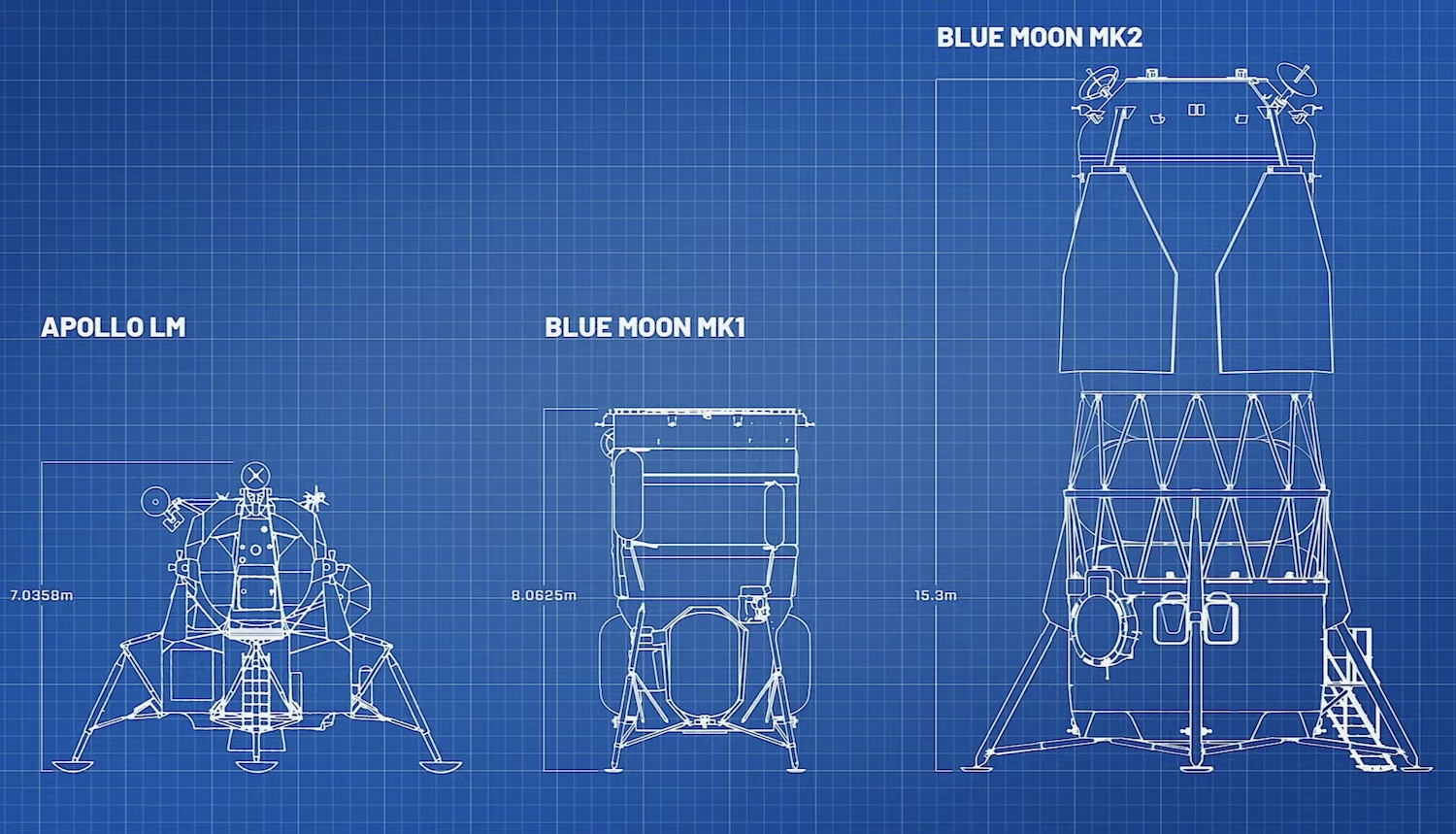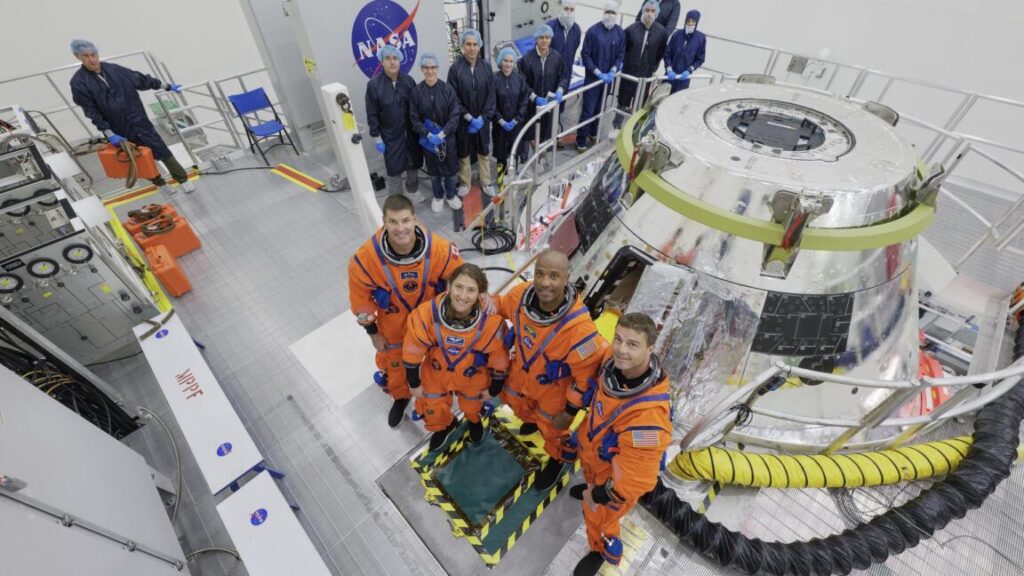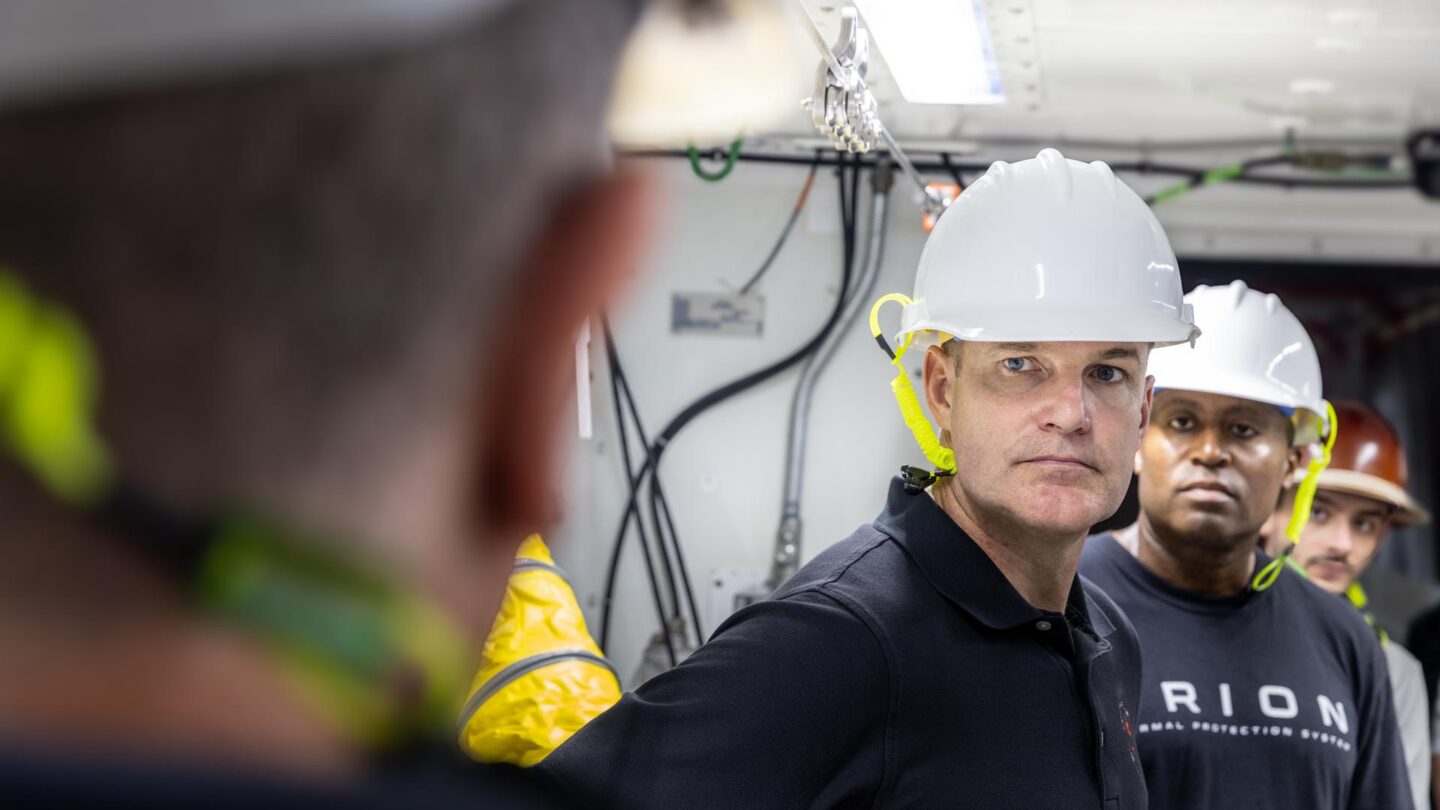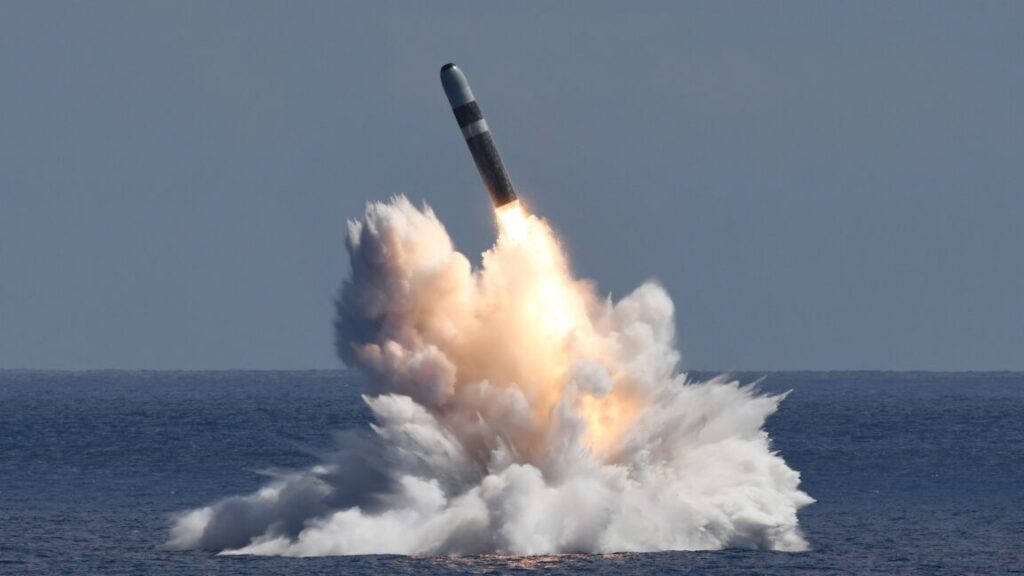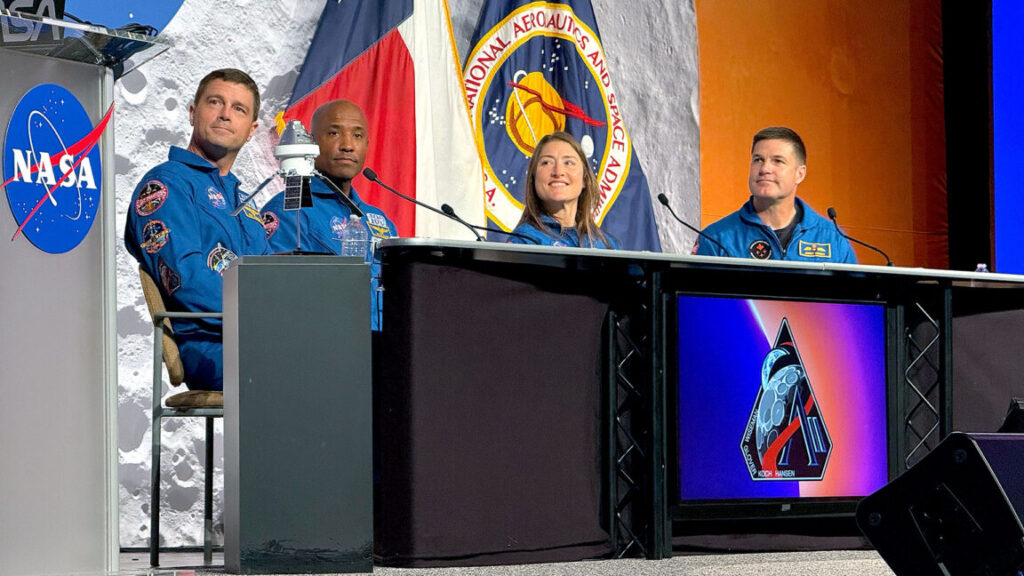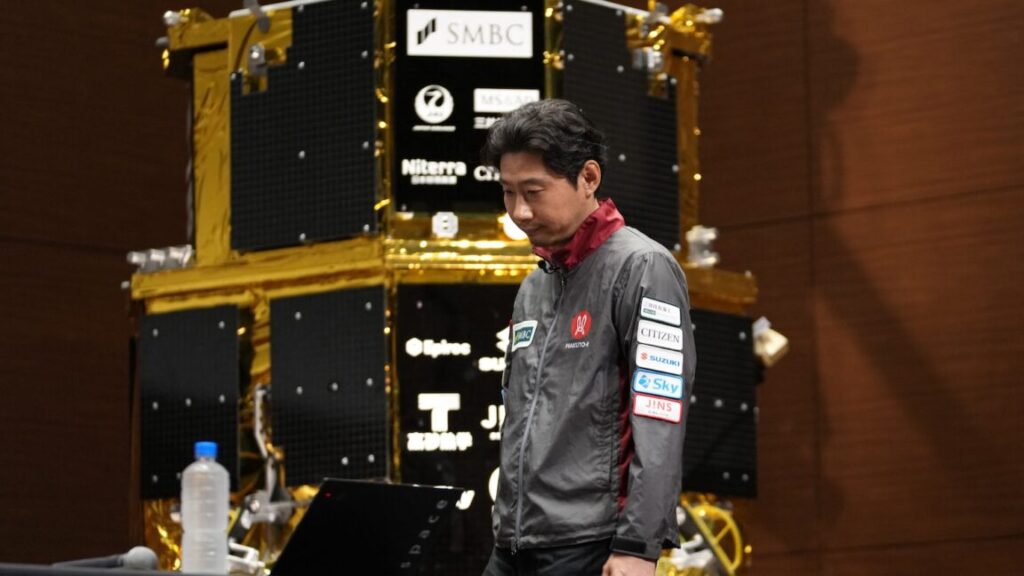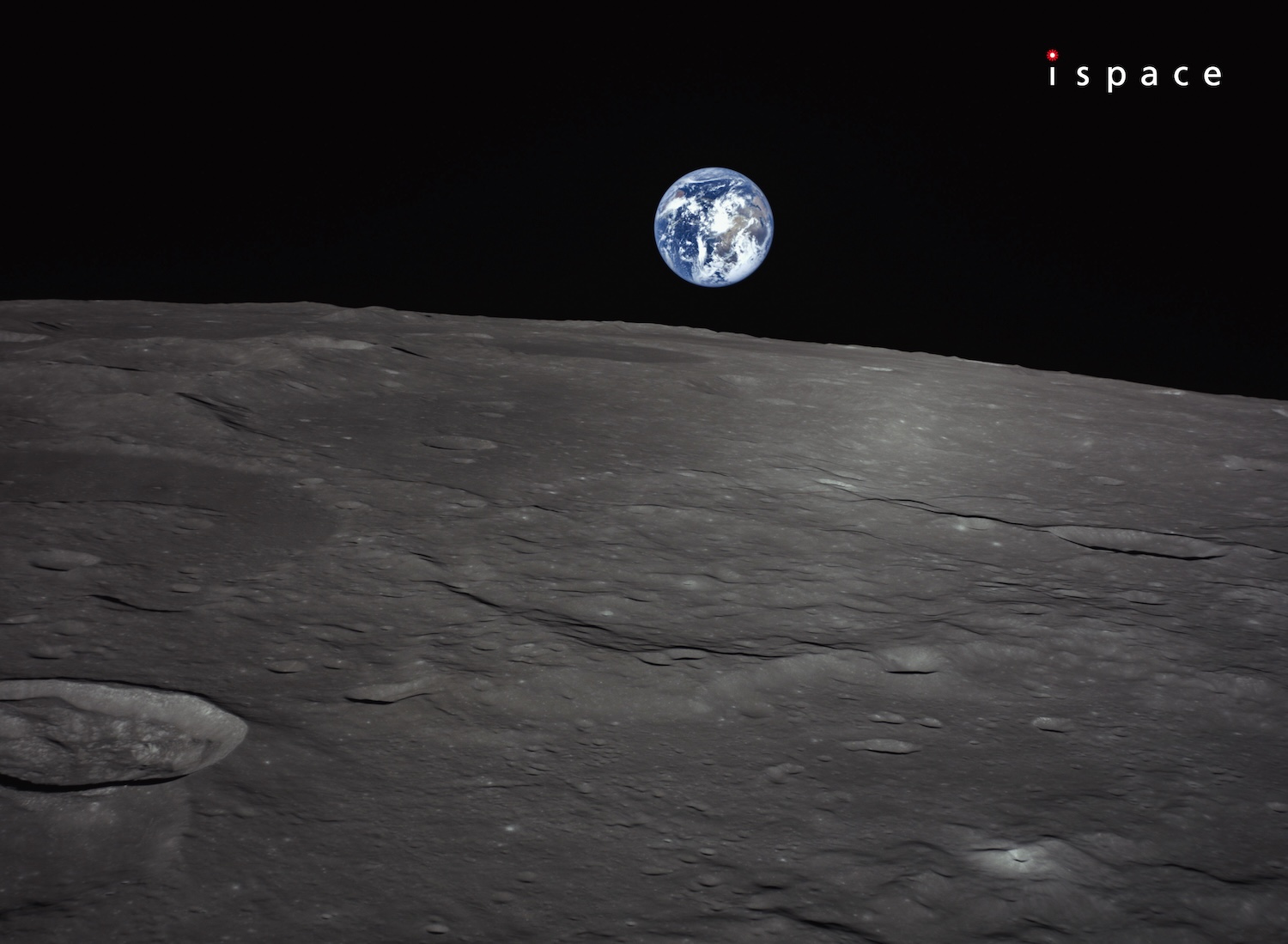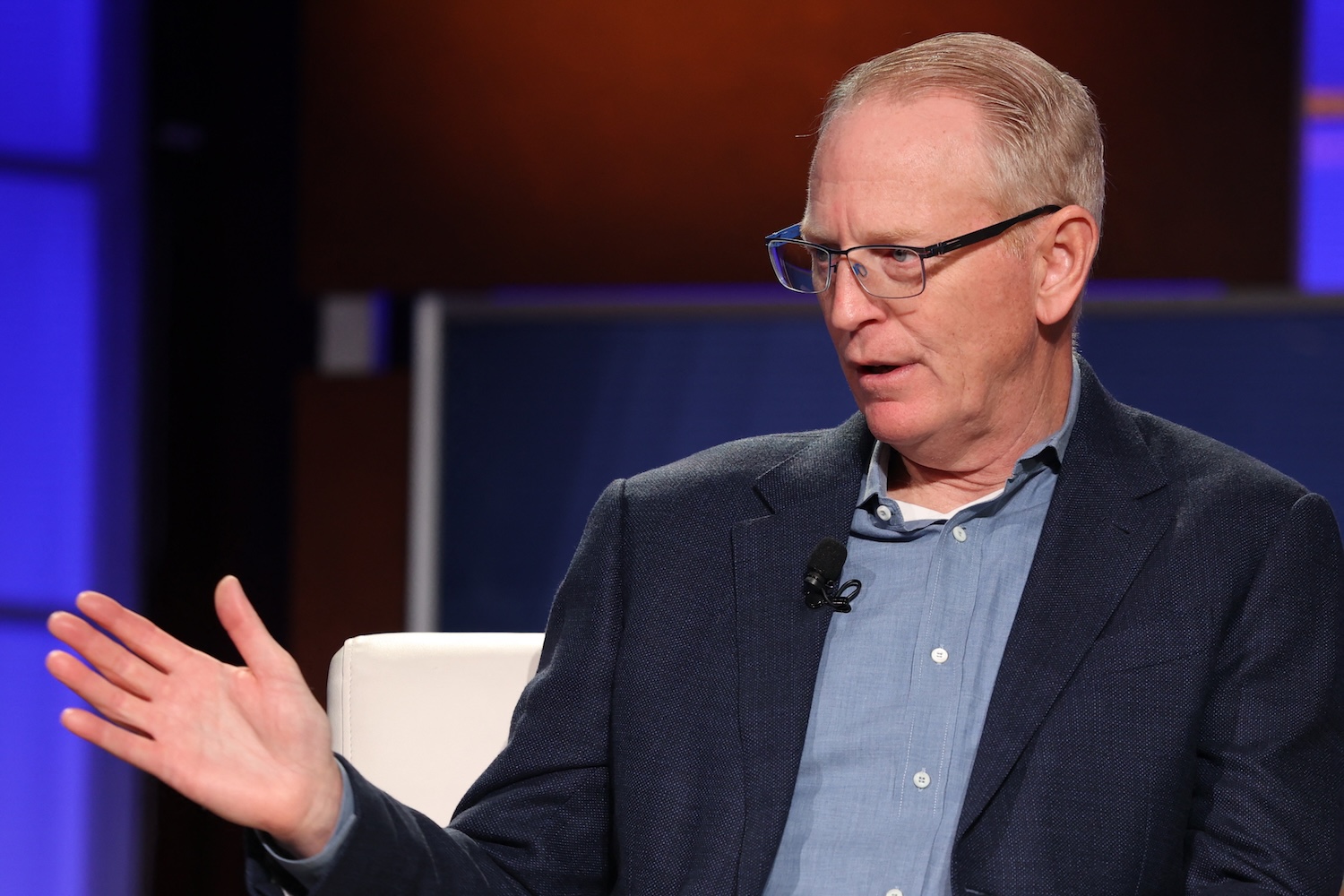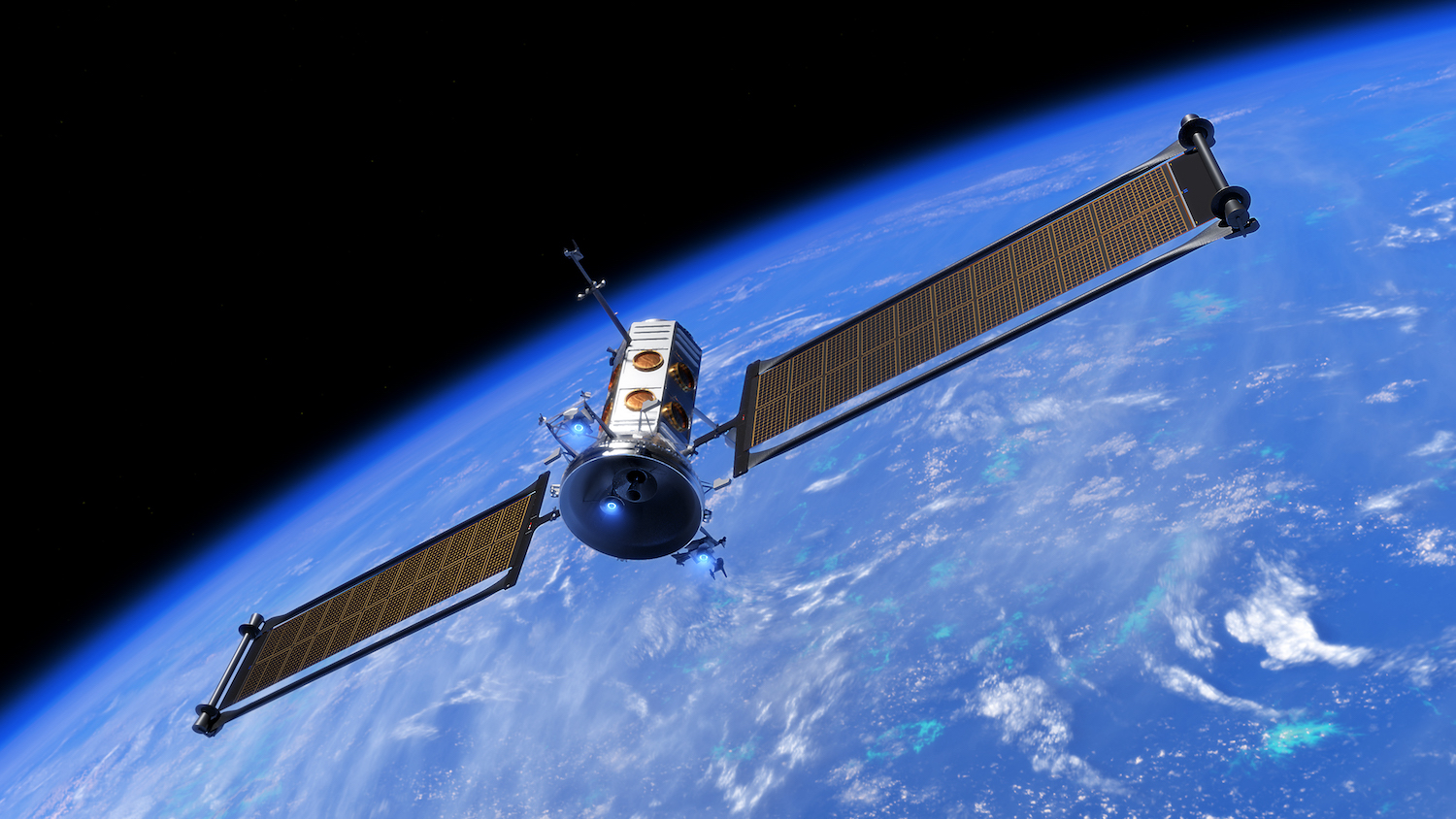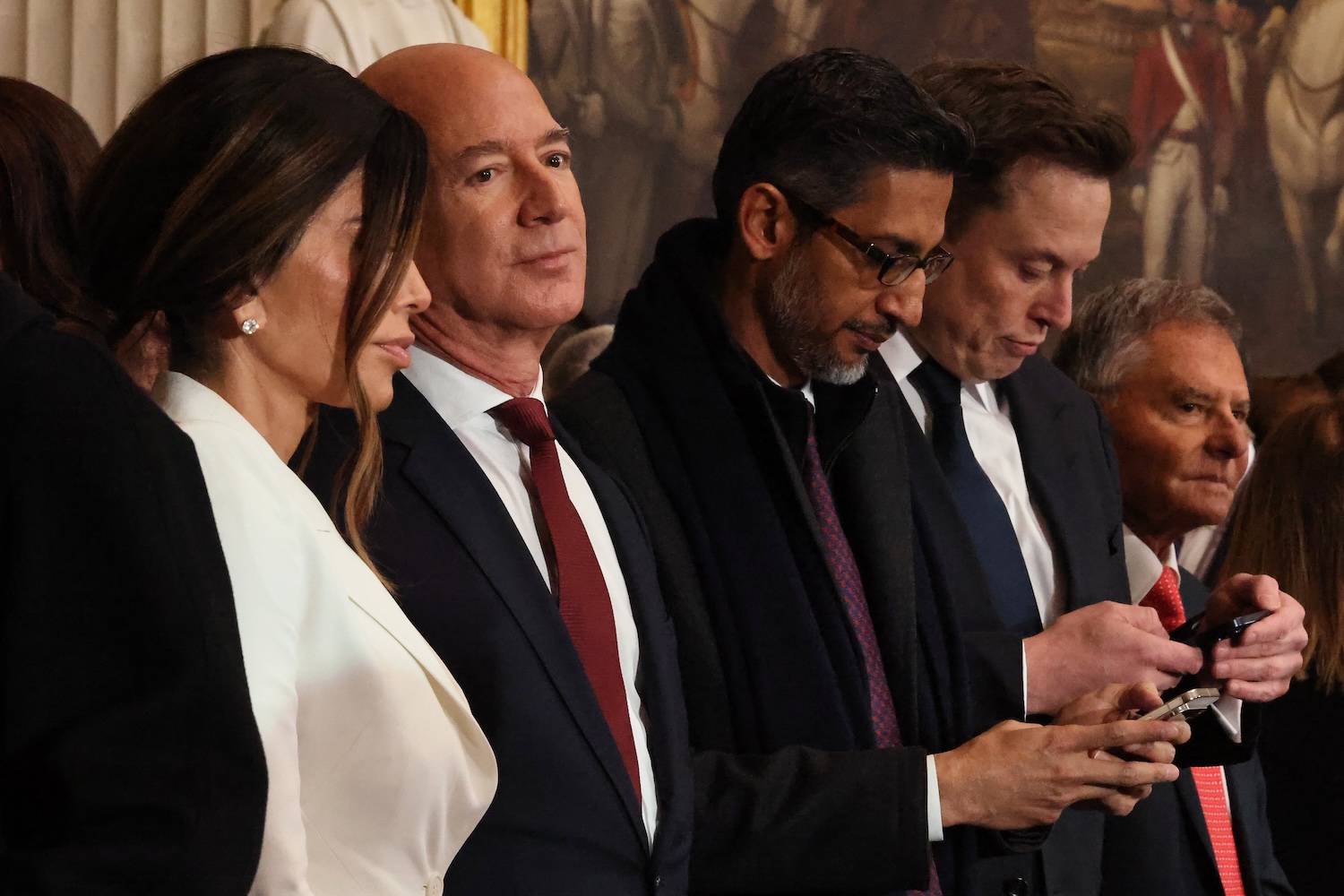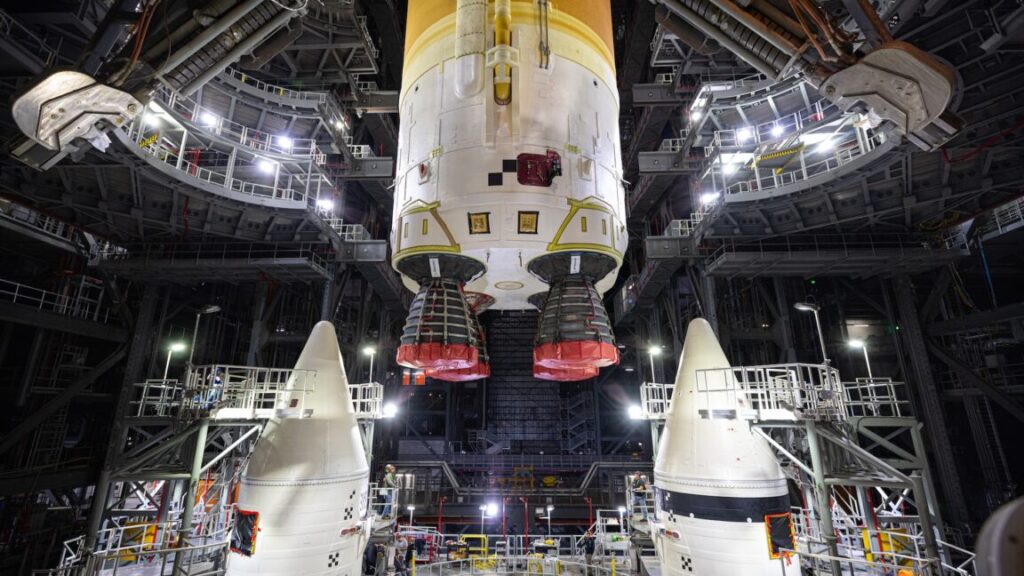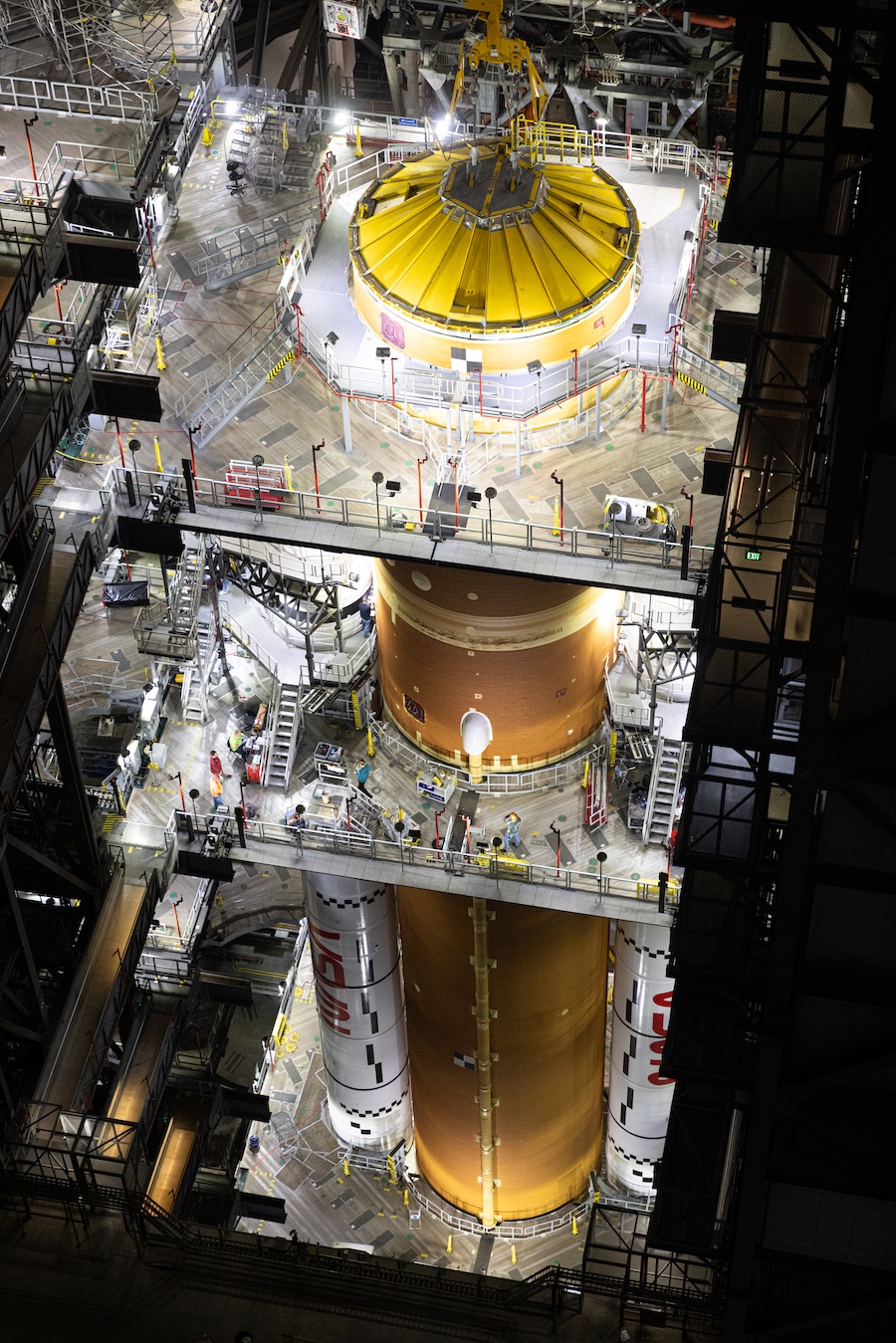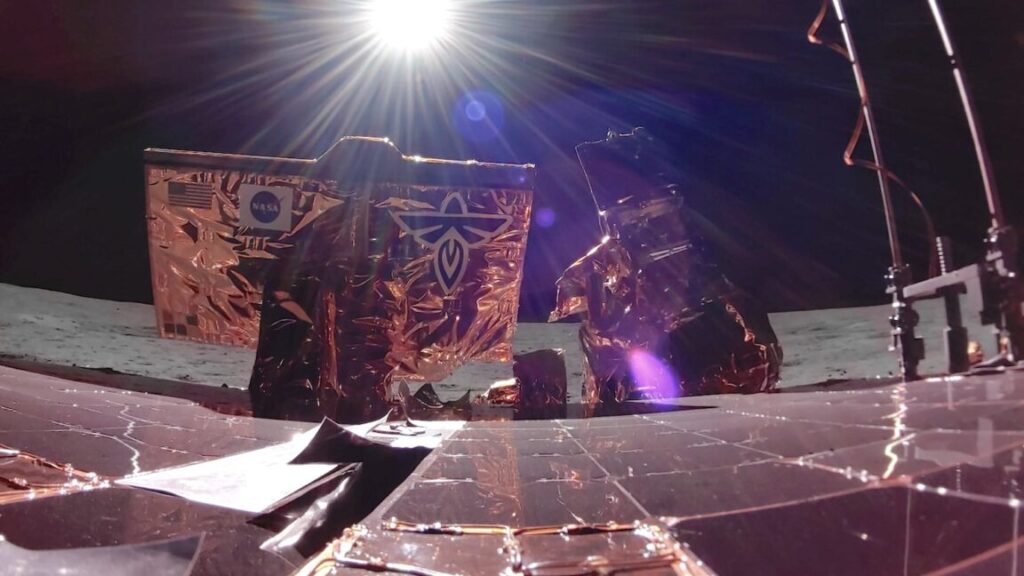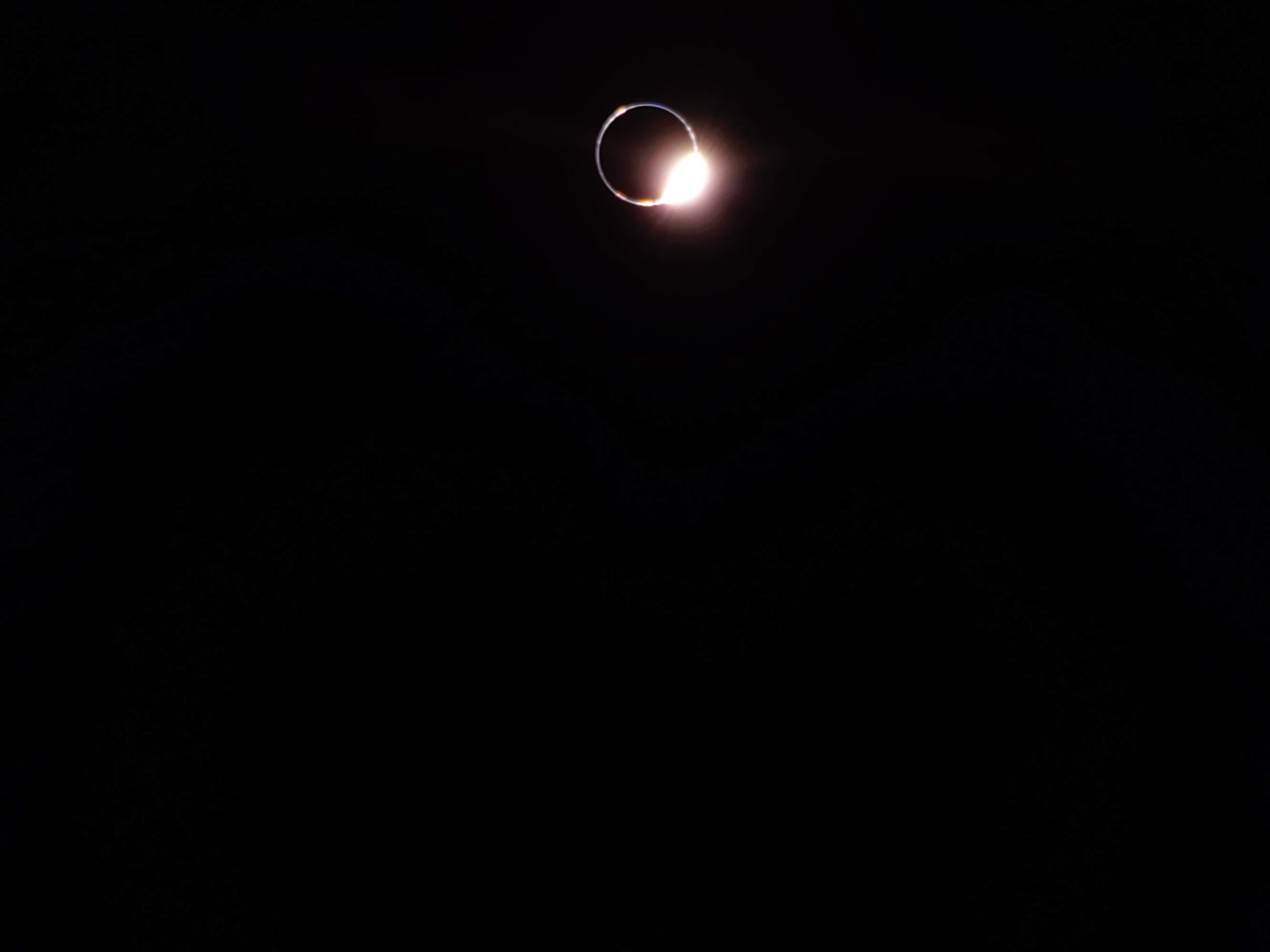Intuitive Machines—known for its Moon landers—will become a military contractor
The company’s success in just reaching the Moon’s surface has put it in position to become one of NASA’s leading lunar contractors. NASA has awarded more robotic lunar lander contracts to Intuitive Machines than to any other company, with two missions complete and at least two more in development. Intuitive Machines is also one of the companies NASA selected to compete for a contract to develop an unpressurized Moon buggy for astronauts to drive across the lunar surface.
Branching out
The addition of Lanteris will make Intuitive Machines competitive for work outside of the lunar realm.
“This marks the moment Intuitive Machines transitions from a lunar company to a multi-domain space prime, setting the pace for how the industry’s next generation will operate,” said Steve Altemus, the company’s CEO.
Altemus said Lanteris will initially become a subsidiary of Intuitive Machines, followed by a complete integration under the Intuitive Machines banner.
Lanteris builds numerous satellites for the US Space Force, NASA, and commercial customers. The company can trace its history to 1957, when it was established as the Western Development Laboratories division of Philco Corporation, a battery and electronics manufacturer founded in 1892.
Philco constructed a satellite factory in Palo Alto, California, and produced its first spacecraft for launch in 1960. The satellite, named Courier 1B, made history as the world’s first active repeater communications relay station in orbit, meaning it could receive messages from the ground, store them, and then retransmit them.
The contractor underwent numerous mergers and acquisitions, becoming part of Ford Motor Company, Loral Corporation, and the Canadian company MDA Space before it was bought up by Advent more than two years ago. In nearly 70 years, the company has produced more than 300 satellites, many of them multi-ton platforms for broadcasting television signals from geosynchronous orbit more than 22,000 miles (nearly 36,000 kilometers) over the equator. Lanteris has contracts to build dozens more satellites in the next few years.
Intuitive Machines—known for its Moon landers—will become a military contractor Read More »
